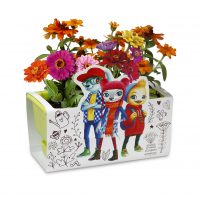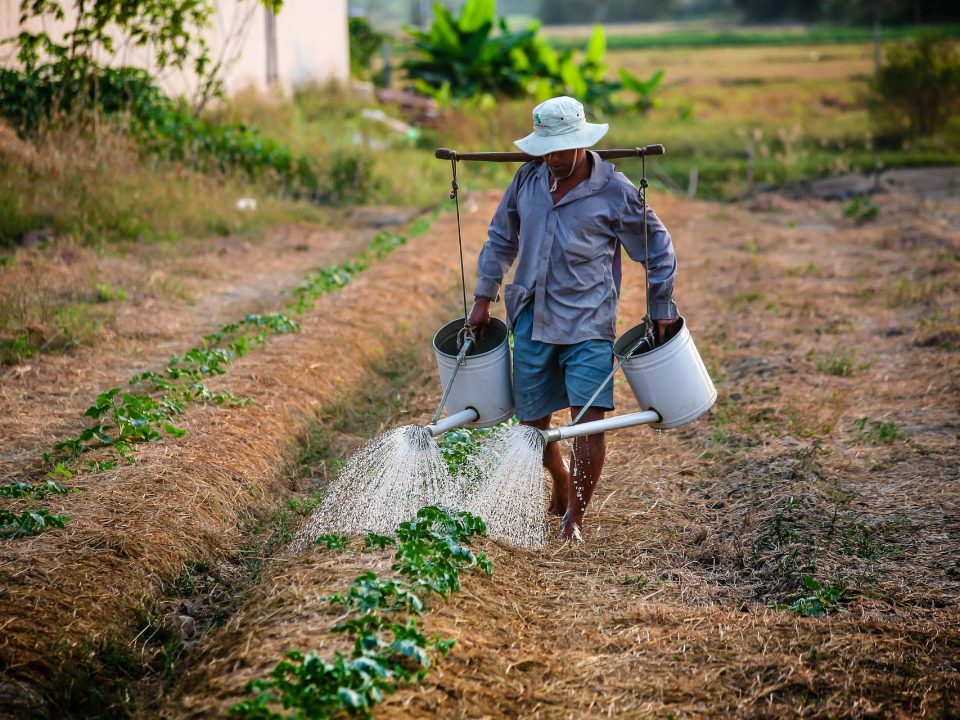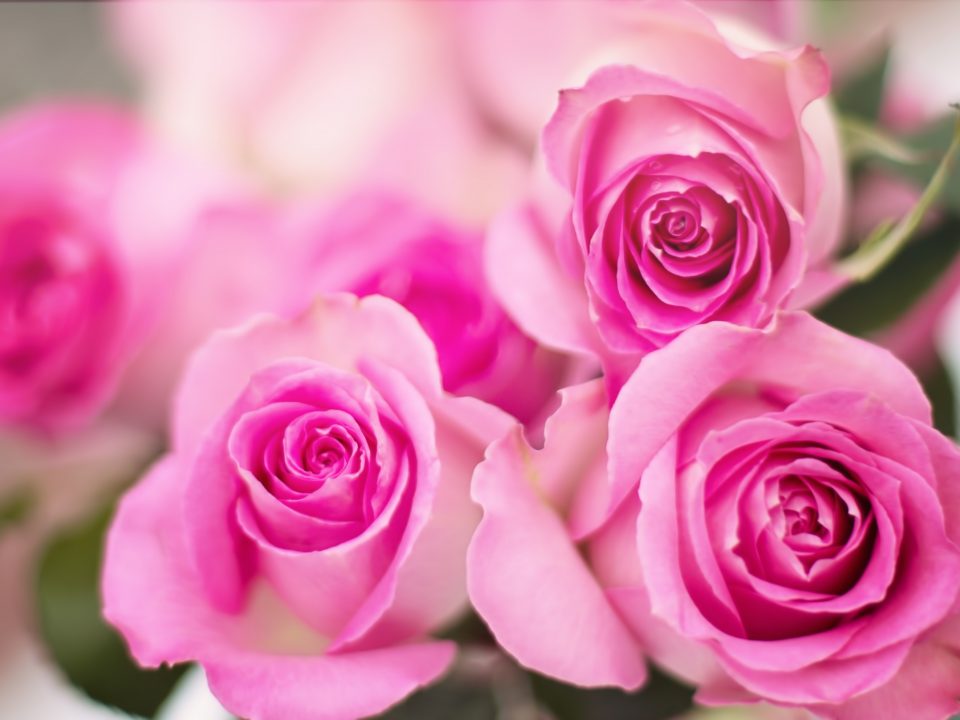Morphology of plants

Growing strawberries
September 23, 2018
Turmeric Fight cancer
October 2, 2018Morphology of plants
Why colorful flowers? From which parts consists of a flower? And what is their role in the development of plants?
Flowers exist only among spermed plants and their main function is to carry the organs of sexual reproduction and to allow the multiplication of the plant and the production of fruits and seeds. Flowers are shortened branches that are made up of several rows, located within each other. Each generation is a part that contains organs of a certain type with a certain function. All the dors together are designed to ensure successful pollination and fertilization. The parts of the flower (dory) are leaves that during the course of evolution changed their function and also their shape and became cupolas, petals, stamens and leaves.
Grape leaves are usually green and therefore are used for photosynthesis. Due to their resemblance to the leaves in the role and shape they are considered a direct development of the regular plant leaves.
Petals are often colored, and their role in most flowers is to attract insects to the flower. The leaves are green leafy or powdered with certain flowers. In the type of nympha, for example, one can see a gradual transition between the dory. When looking at a flower, colorful petals are seen, with strands of struggle (part of the pollen containing pollen) and regular petals. This observation indicates that the origin of the petals here is the masons who changed their shape and lost their male powder and thus became colorful petals.
The pestle is the female part of the flower – where the male pollination occurs in the wind or through insects, where the fertilization takes place and the embryo is created in the semen. The leaf has three parts: a scar, a pillar of leaves and an ovary. The pestle is usually found in the center of a flower. Sometimes, the scar on the top of the top is sticky and its function is the absorption of pollen grains. The leaflet is the tube through which the pollen grains pass on their way to the eggs. The ovary at the bottom of the pestle contains the eggs to which the powder nuggets reach the pollen grain. In the variegated bouhinia flower one can see the curved leaves, the pollen and the pink petals around it.
The heart of the flower is the ovary, where the eggs are protected. The ovaries develop into the fruit, the eggs develop into the sperm of the fruit, the egg cells inside the eggs become embryos in the sperm – all this happens after the fertilization. Thus the embryo is protected by the seed and the fruit and can mature over the time it takes. The embryo in the semen feeds on the ovary that supplies it with nutrients from the mother plant. The flowers characterize only the semen and only the ovaries (they do not exist in the presence of sperm – such as cones, cycads and others). The protection provided by the ovary allowed flowering plants to spread in multiple habitats and under extreme environmental conditions.
Scars in different plants are well suited to their function. So in cereal such as wheat, barley or corn, the pollination is carried out in the wind. To absorb the maximum amount of powder, the shape of the scar is like split feathers. This structure increases the surface area of the scar and more pollen is absorbed on its surface.
The stamens are built of a long axis and two struggles in the head. In the fight are common pollen grains with the opening. Pollen grains reach the flowers. The grains contain the male reproductive cells and fertilize the egg cell, as mentioned above, to form a fetus.
The cereal flower has no colorful petals that attract insects. The stamens in the cereal family have a long zir. The zir swings in the wind and thus distributes a large amount of powder that reaches the scar.
Concepts and definitions
A bisexual (androgynous) flower consists of both male and female parts. The male parts are the pollen (containing pollen grains) and the female parts – the leaf consisting of an ovary, leaf, and scar. Many flower plants belong to this group. In a large magnolia with flowers with bisexual flowers, the ripening of the scars takes place in the closed buds. On the second day the scars are already old, no more powder. The leaves of the magnolia are visible in the old age stage. The stamens ripen a day after scars, thus avoiding self-pollination.
Same-sex flowers: male flowers – made up of stamens only. Female flower – consists of only leaves. Such a flower always gets pollen from foreign flowers. Sometimes it is a pollen (pollen from another specimen of the same plant), sometimes it is pollination of neighbors (pollen from a male flower in the same plant).
Scalp – The inflorescence of the complex family (and other families), which is made up of many small flowers, which are carried on a common basis called a substrate. The sunflower plants of the complex family carry on each stalk a large yellow flower, called a scalp. The yellow “leaves” are nothing but sterile flowers – devoid of ovaries and fertile pollen, and the “center” (sunflower seeds) are bisexual. Thus, in the gazelles, the floral and colored fringes are sterile, while the flowers in the center (“button”) are bisexual and only they can produce seeds. This is important for those interested in growing the family plants. It is necessary to know the place of the fertile flowers, the creators of the seeds.
Plants with same-sex flowers in the semen group are divided into two groups according to the location of the flowers:
A single-edged plant is a plant with flowers of both sexes, stamens and leaves in separate flowers – the flowers are same-sex. Separate flowers can be on the same branch or the same inflorescence. Examples of such plants: oak, cypress, end. The oak blossoms of the oak are earrings hanging down from the branch. In this way every wind blows the earring and the pollen is common in the wind and reaches the scars of the female flowers that are fertilized and turned into the oak fruit, which is the acorn.
A biochial plant is a plant in which the male flowers on one individual and the females on another. There are male plants and female plants. Here we are talking about a bisexual plant with same-sex flowers, of course. Such plants are the carob and dates






